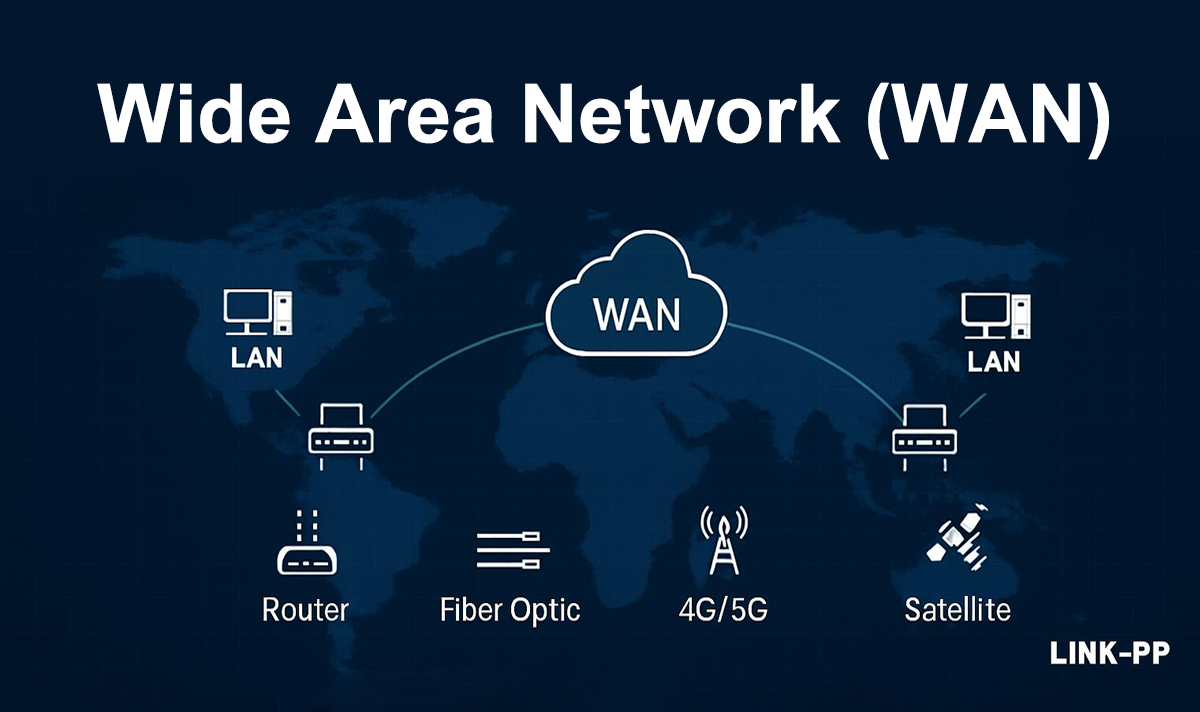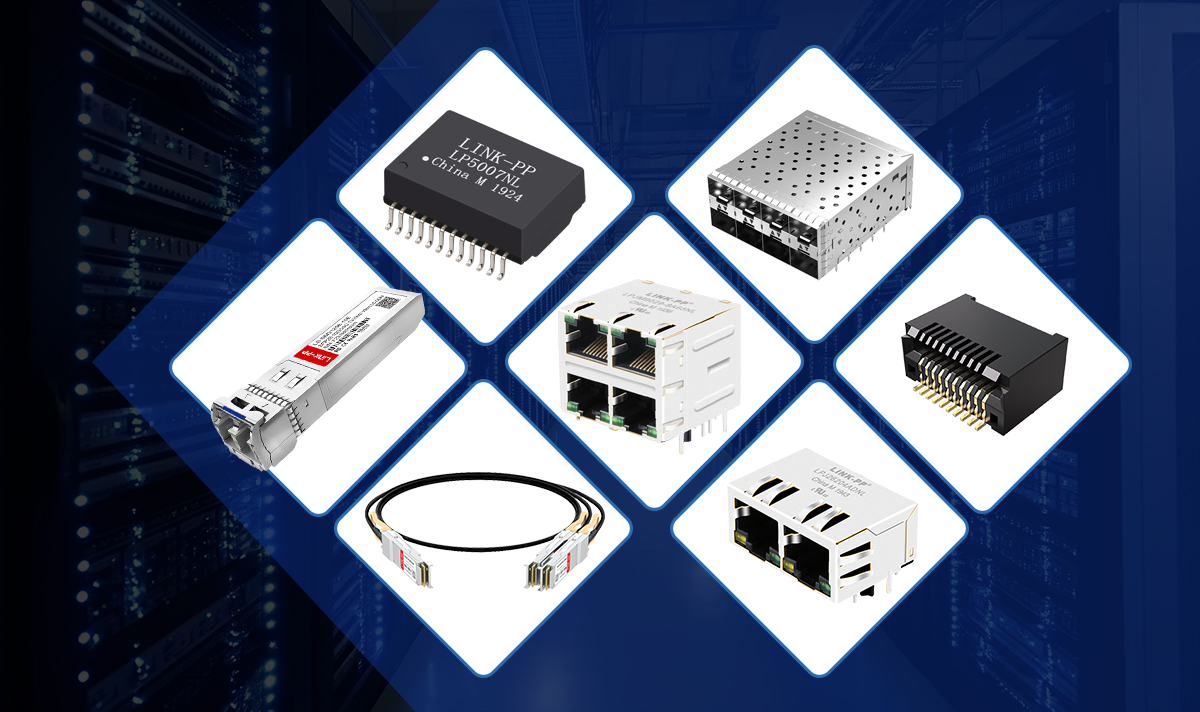
🌍 What Is a Wide Area Network (WAN)?
A Wide Area Network (WAN) is a type of computer network that spans large geographic areas, often across cities, countries, or even continents. It connects multiple Local Area Networks (LANs) to allow long-distance data communication and centralized IT operations across distributed locations.
Unlike LANs, which are usually privately managed within a single building or campus, WANs typically rely on telecommunications providers and leased infrastructure to function.
🌍 Why WAN Is Essential for Modern Business
In today’s global economy, real-time collaboration, data synchronization, and remote access are essential. WANs make this possible by:
Connecting branch offices with headquarters
Enabling cloud computing and SaaS applications
Supporting secure data exchange across borders
Powering IoT and industrial automation at scale
Organizations in manufacturing, logistics, healthcare, and telecommunications depend heavily on robust WAN architectures. LINK-PP supports these high-performance WAN systems with custom Ethernet magnetics, RJ45 integrated connectors, and fiber optical modules built for speed and signal integrity.
🌍 WAN vs LAN: Key Differences
Feature | LAN (Local Area Network) | WAN (Wide Area Network) |
|---|---|---|
Coverage Area | Limited (room, building, campus) | Wide (city, country, global) |
Ownership | Private (managed by internal IT) | Often public or leased from service providers |
Speed | High (1 Gbps or more) | Moderate (depends on bandwidth & distance) |
Security | Naturally secure | Requires encryption, VPN, and firewall policies |
Cost | Low to moderate | High (infrastructure, leased lines, maintenance) |
🌍 How WAN Works: The Building Blocks
A typical WAN is composed of:
Routers and gateways – Direct traffic between LANs and remote destinations
Switches – Optimize data flow and reduce latency within network segments
Transmission media – Includes fiber optics, copper cabling, microwave, or satellite links
Protocols – Such as MPLS, IPSec VPN, and BGP routing
CPE (Customer Premises Equipment) – Includes modems, routers, and RJ45 network interfaces provided or supported by companies like LINK-PP
🌍 WAN Technologies: From MPLS to SD-WAN
Modern WANs have evolved from traditional leased-line models to software-defined WAN (SD-WAN) architectures that offer:
Better bandwidth efficiency
Application-level traffic control
Automated failover and load balancing
Integration with cloud platforms
SD-WAN solutions often use a mix of fiber, DSL, LTE/5G, and even satellite links. These networks require high-quality passive components—such as LINK-PP’s Gigabit-rated RJ45 connectors and transformer modules—to ensure reliable transmission across varying conditions.
🌍 LINK-PP’s Role in WAN Connectivity

At LINK-PP, we understand that stable WAN performance begins with quality hardware. Our components are widely used in:
Industrial routers and gateways
WAN-enabled switches
Enterprise firewalls and edge devices
Optical transmission modules used in fiber WANs
All LINK-PP products meet international standards (RoHS, ISO, UL), and are compatible with mainstream telecom and networking systems from Cisco®, Huawei®, and more.
🌍 Final Thoughts
WANs are the backbone of global digital infrastructure, enabling businesses to operate seamlessly across regions. Whether your organization is building an SD-WAN deployment, scaling a hybrid cloud, or simply connecting multiple sites, investing in high-reliability WAN components is critical.
With over two decades of experience, LINK-PP delivers cost-effective, high-performance network solutions trusted by global OEMs and system integrators. Visit l-p.com to learn more.




